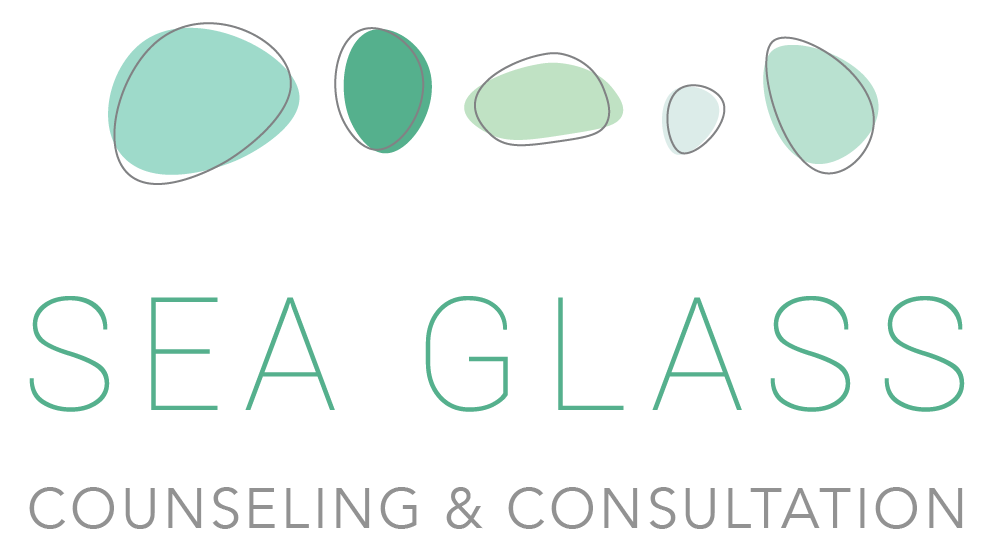How does EMDR work?
EMDR works with your brain’s natural way of processing memories - and helps reprocess them so that when you remember a stressful experience, it’s no longer as disturbing or bothersome.
When we’re in a stressful or traumatic situation, the brain isn’t able to store memories properly. These memories get stored as fragmented sensory experiences that leave us feeling really overwhelmed, upset, vulnerable, or “back in the moment”, rather than as story-like, narrative memories that feel more neutral to recall.
EMDR therapy is a phased treatment protocol that addresses the past, present, and future.
Initial sessions are spent identifying what you’d like to work on, and improving your ability to manage distress. We’ll help you build specific skills and self-soothing techniques to use both inside and outside of session. Learn more about the 8 phases of EMDR therapy.
When you’re ready to reprocess, you’ll be asked to focus on a specific memory, and pay attention to related negative imagery, beliefs, emotions, and body sensations.
While you’re focused on this, your therapist will apply sets of bilateral stimulation and invite you to notice what comes to mind after each set. We repeat this process until the memory becomes less distressing; you begin to notice more neutral body sensations and positive beliefs begin to take root.


















